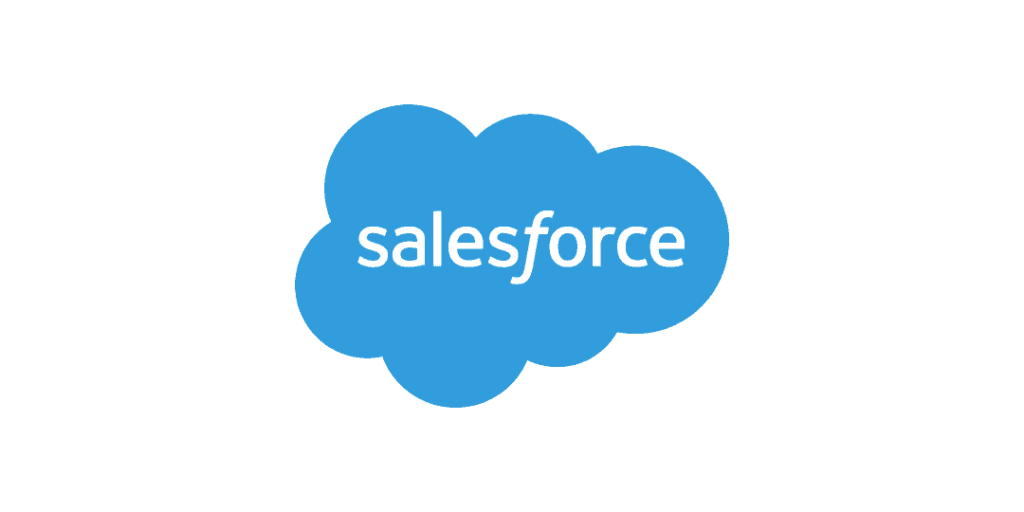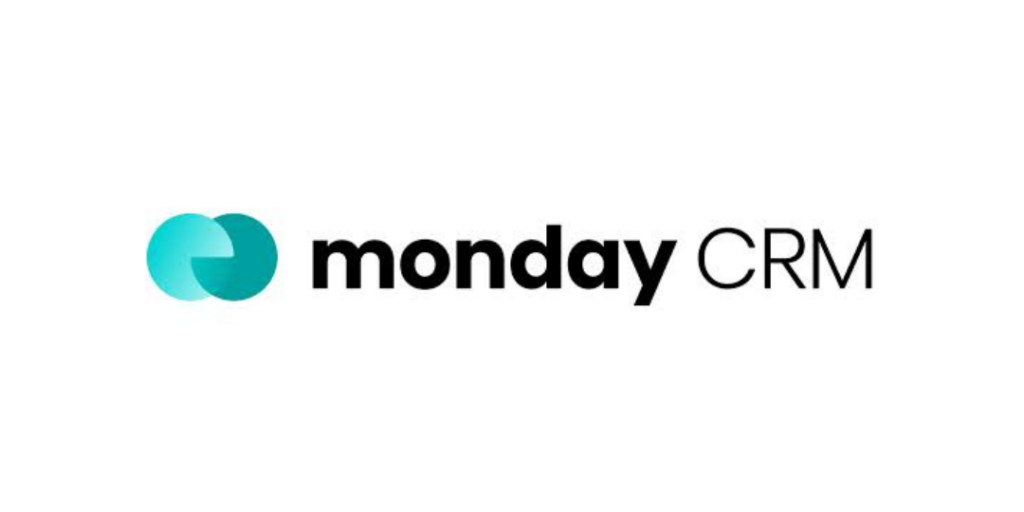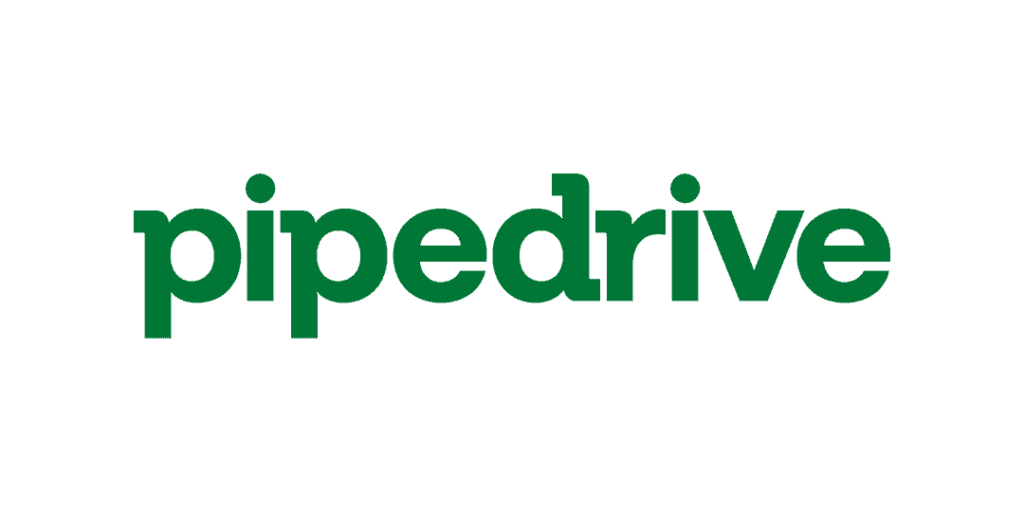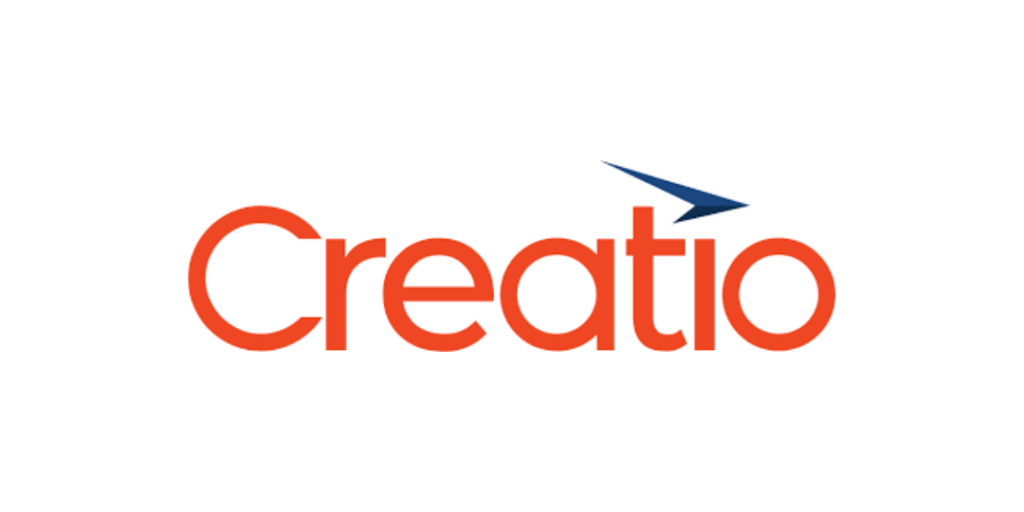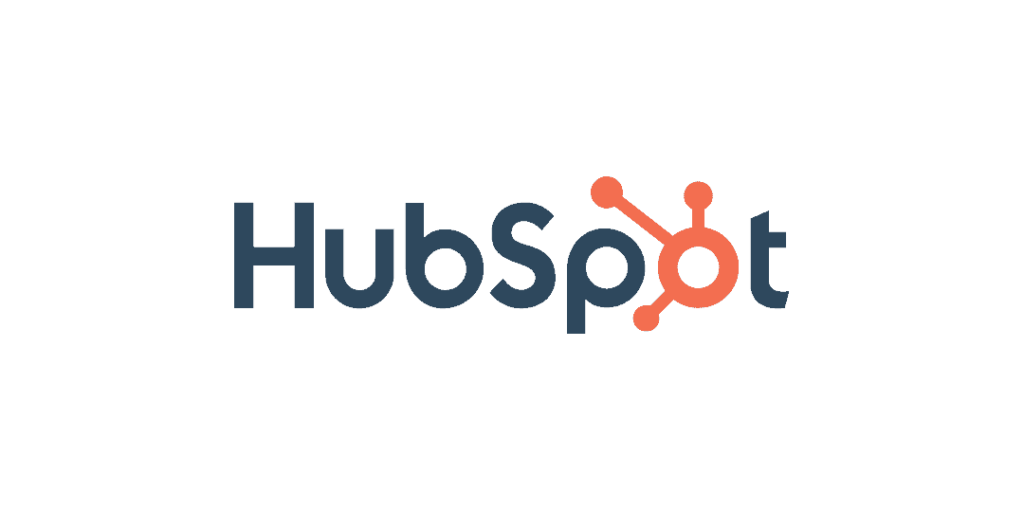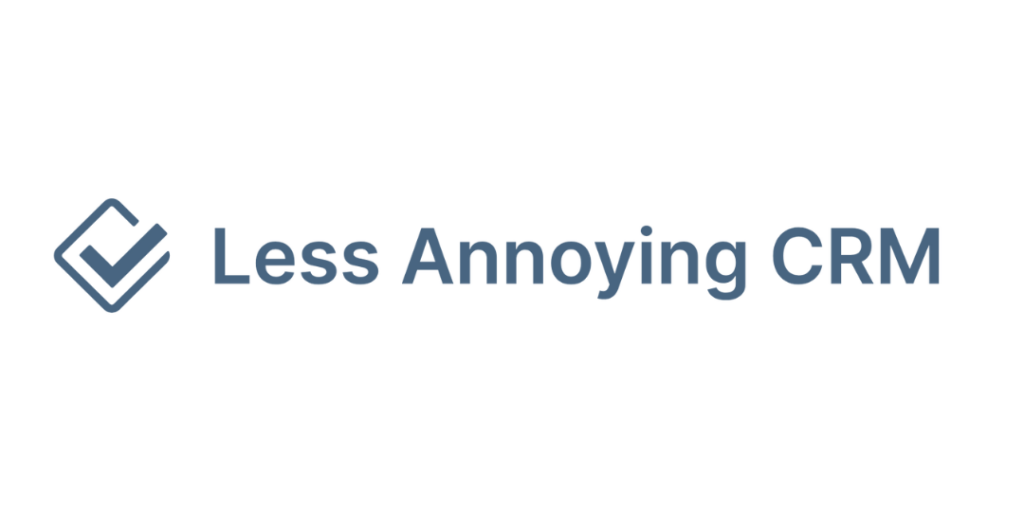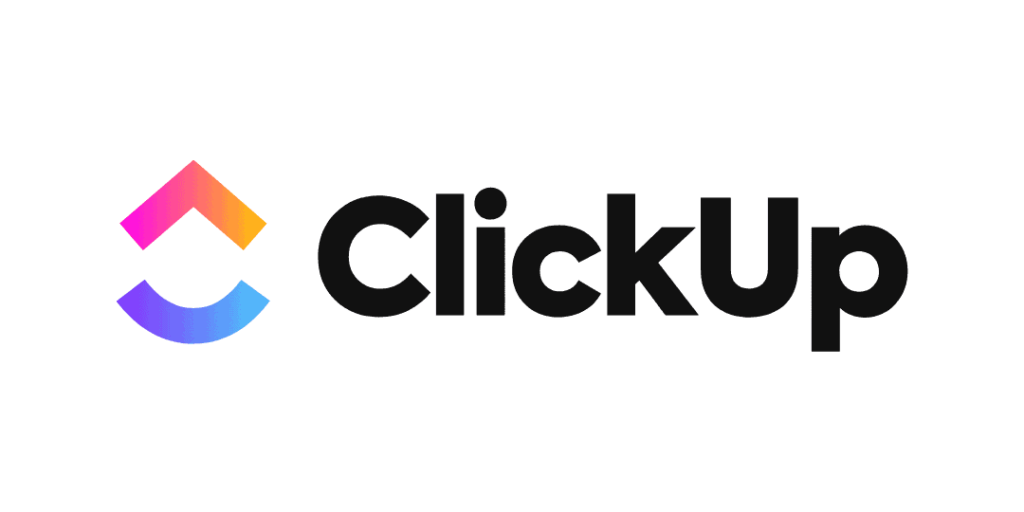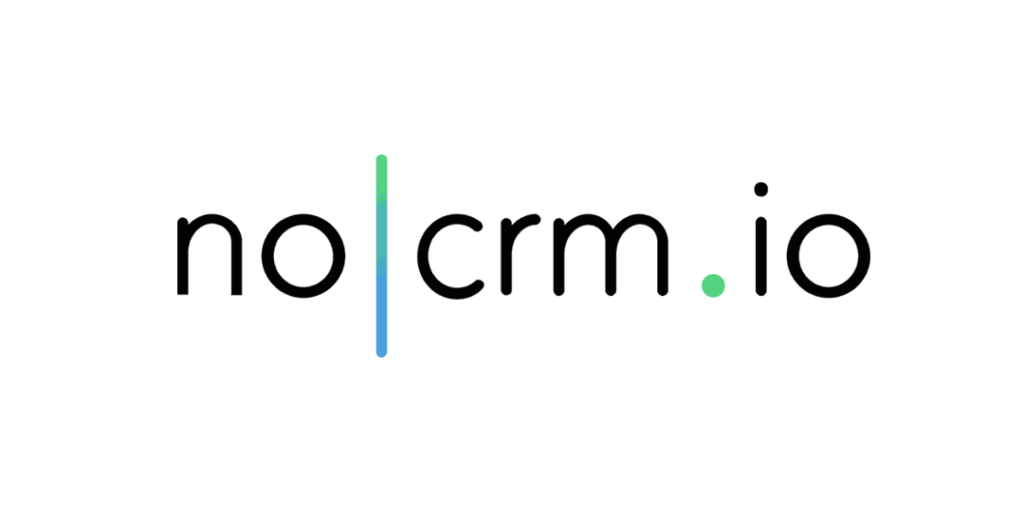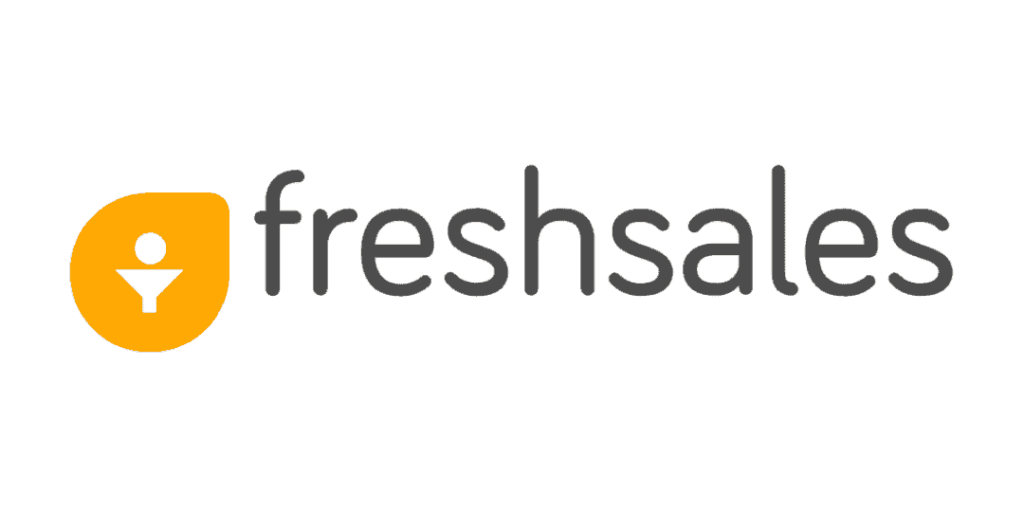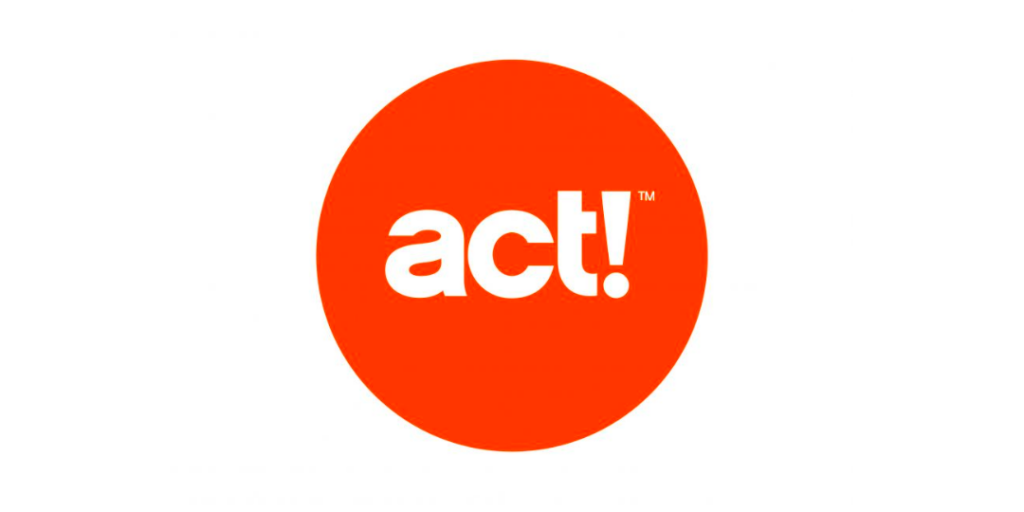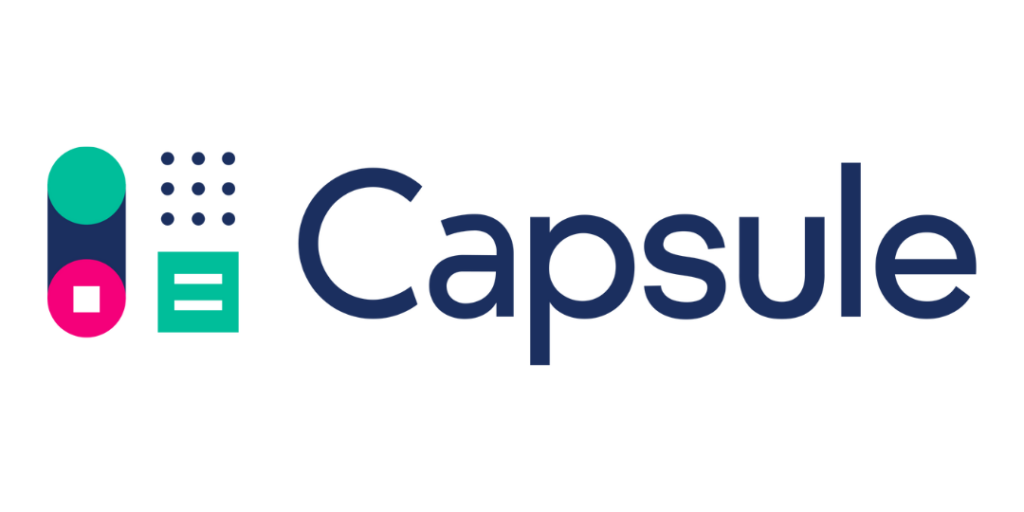Are you looking for a CRM software to manage your business?
CRM software (customer relationship management) has quickly become an essential tool for any business that sells a product/service, whether in B2B or B2C. It allows you to understand and measure your sales activities and establish relationships with your existing customers through loyalty mechanisms.
Our top 11 best CRM software for 2024
- Salesforce Sales Cloud – Best for larger sales teams
- Monday CRM – Modern project management & CRM
- Pipedrive – Best for small sales teams
- Creatio – Best for unlimited customization
- Folk – Best for its LinkedIn integration
- HubSpot CRM – Best for SMBs & Startups
- Less Annoying CRM – Best for small companies
- ClickUp – Highly customizable CRM & project management
- noCRM – Best for pipeline management
- Freshsales by Freshworks – AI lead scoring
- Act! – Simple CRM tool
- Capsule – Cost effective CRM
Criteria to choose the best CRM software
1. Features
To make an informed choice of a CRM software, it’s important to examine both the free and paid features.
Indeed, it’s likely that, over time (depending on your business’s growth), you may find limitations with the free version.
Therefore, transitioning to the paid version will be necessary. Since CRM software is inherently « sticky » (meaning it’s not easy to switch from one system to another), we recommend assessing the solution comprehensively before choosing.
The most common features to look for in a CRM include:
- Contact management
- Interaction tracking
- Lead management
- Analytics
2. Ease of use
CRM software mentioned in this article all offer a free version. Therefore, we recommend taking the time to try each one thoroughly. Indeed, every individual and every business is unique, much like personal preferences and colors.
It’s crucial that the solution you choose feels easy to use and suitable for your business. If you have employees who will be using a free CRM software like HubSpot, we strongly advise including them in the decision-making process. If they are not comfortable with the chosen CRM tool, there’s a risk of improper usage or, worse, not using it at all.
3. Plans & Pricing
As mentioned earlier, you may quickly encounter limitations with a free CRM. Therefore, be sure to carefully examine the pricing and various available plans.
Select a solution where the pricing for the paid offerings appears reasonable (such as Pipedrive or Capsule). Indeed, switching CRM solutions is not always easy, so it would be inconvenient to have to change solely due to cost reasons.
Who are the users of CRM software within the company?
Within a company, most roles benefit from using CRM software:
- Sales representatives
- Administrative departments (accounting, sales assistants, etc.)
- Marketing and communication teams
- Customer service
- Management teams
Most CRM software allows the creation of different user profiles and the restriction of access rights based on their specific needs.
Should you really choose a free CRM ?
In the software world, the term « free » often implies limitations, especially when it comes to software designed for businesses. Thus, free CRM software is primarily targeted at small organizations, freelancers, or independent professionals. Most free CRMs often restrict the number of users and entries (contacts).
If you’re seeking marketing features and automation, such as automatic email sending, a free CRM solution will quickly reveal its limitations. The same applies to integrations with third-party solutions – in most cases, you’ll need to open your wallet to access these features.
To encourage you to try their solution and convince you, CRM developers use two methods:
- Limited-feature free version with no time restrictions: These are the solutions mentioned above.
- Limited-time free version with no feature restrictions: These are solutions that offer only a free trial (typically around 15 days).
Some developers combine these two methods, as seen with Monday, which offers a free trial on a paid subscription. If you don’t subscribe after the trial period, you automatically switch to the free version.
There are also open-source CRMs (and thus free), but delving into the details of this model is beyond the scope here. It involves setting up a virtual server on your computer or in the cloud to use the solution efficiently, and that’s why we don’t recommend it for most of our readers.
